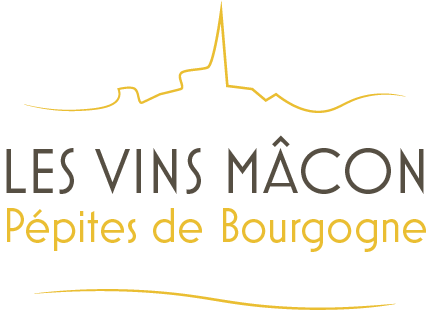Mâcon-Prissé
The wines
White wines
The whites have a pale gold color with hints of green in their youth, and a character that is more discreet than that of its more northerly neighbors. They offer delicate aromas of tree blossom and garden flowers like lily, highlighted with a few spicy notes of saffron. In the mouth, the attack is forthright, offering a lovely balance between a rich chewiness, a distinct fattiness, and some fairly remarkable tension.
Colors
Production

mâcon-Prissé
An additional geographical denomination that is part of the Régionale Mâcon appellation in the Mâconnais.
According to the 2005 specifications rules, the name Mâcon-Prissé refers to white, red, and rosé wines grown within a defined area in the village of Prissé.
Situation
Located in the middle of the plain of the Petite Grosne river, the terroir of Prissé sits astride the Saint-Véran and Mâcon-Prissé appellations. The vines grow on the flattest areas closest to the river.
Prissé is another important village in this area closely connected to local poet Lamartine, for whom winemaking was no easy task. Lamartine summed up his struggles in a letter to a friend from September 1839: “I am alternating between Montceau [Prissé] and Milly every hour, monitoring my harvests, which are both my bread and wine… My capital is in the vines of the Mâconnais, poor sales, and the payment of rent to my co-heirs.”
While the issue of finding profitable outlets is a constant issue for winemakers, the shipping of barrels became easier from 1870 onwards with the opening of the Mâcon-Moulins railway line. It helped boost sales of wines from Prissé, which had its own station until 1968. Today, there is a path for walkers and cyclists along the former rail route, which was already named Le Route du Vin as far back as the 18th century.
Terroir
Level 1
The vineyards of the Mâcon-Prissé appellation are scattered at between 210 and 220 meters above sea level across flat land towards the hamlet of Chevigné, or on the slightly sloping land of Mont de Milly (240 meters above sea level) and along the valley of the Petite Grosne, and that of its tributary, the Moulin Journet stream. The very open landscape of this plain makes for a gentle transition between the central Mâconnais and the southern escarpments.
Level 2
The vines emerge from the silt of the Petite Grosne on terraces of old alluvial sediment from the Secondary era, with clay-loam on the surface and in parts with pebbly residue, such as in Les Chailloux. These formations are also found in the villages of Loché, Vinzelles, and Chaintré.

